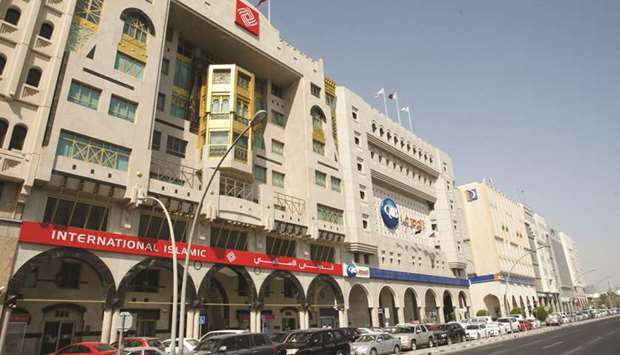Qatar may not tap the global markets for fund in the near future as the public sector liquidity injections have stabilised the banking sector and stemmed the outflow of non-resident funding, according to Fitch, an international credit rating agency.
“Qatar’s government will have little need to seek new international financing after a $12bn international bond issue in April 2018, which will cover its net financing requirement for 2018-2019,” Fitch said in a report.
Despite the issuance, the rating agency expects Qatar’s debt ratio to be broadly “stable” this year as the government will reduce overdrafts to regular levels.
The sovereign debt rose to 58% of GDP (gross domestic product) in 2017, above the ‘AA’ median of 42% of GDP, and a 27% of GDP increase over 2014, including T-bills and government overdrafts with local banks. The government borrowed heavily from domestic banks in 2017, while maintaining government and broader public sector (Qatar Investment Authority or QIA) deposits in them.
“In our view, this reflected the government’s desire to not formally draw down on the QIA or borrow abroad while the market conditions facing Qatar remained relatively unfavourable,” it said, adding as a result, deposits from the QIA and other public sector entities effectively funded bank lending to the government.
“As non-resident inflows returned, the government used overdraft facilities to engineer a withdrawal of liquidity support,” the rating agency said, finding that public sector liquidity injections have stabilised the banking sector and stemmed the outflow of non-resident funding.
Around $10bn in non-resident funding has flowed back into the banking system since November 2017, after falling by $30bn in June-October 2017, mainly due to withdrawals of deposits by Saudi Arabia and UAE-based clients.
A return of non-resident funding has allowed the public sector to pare back its liquidity assistance to the banking sector by $10bn in January-April 2018, from cumulative injections of $40bn in June-December, comprising mainly placements by the Qatar Central Bank, the Ministry of Finance, and the QIA.
Fitch had on Tuesday revised its Qatar’s outlook to “stable” from “negative” and affirmed long-term foreign currency issuer default rating at ‘AA-’.

Around $10bn in non-resident funding has flowed back into the banking system since November 2017, after falling by $30bn in June-October 2017. PICTURE: Nasar TK



